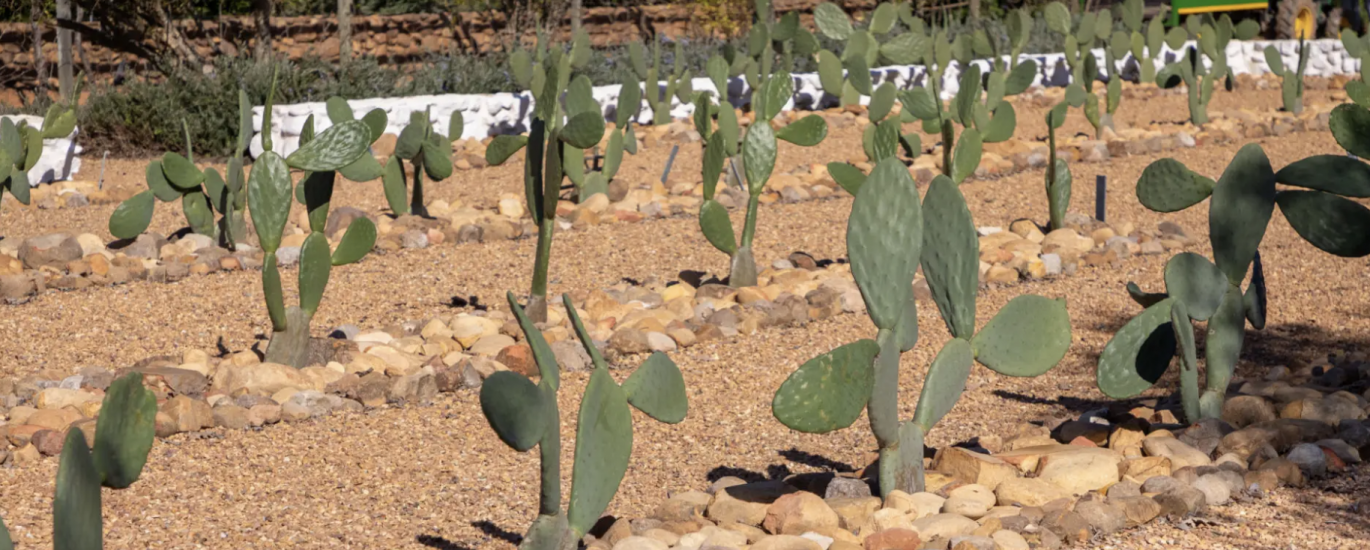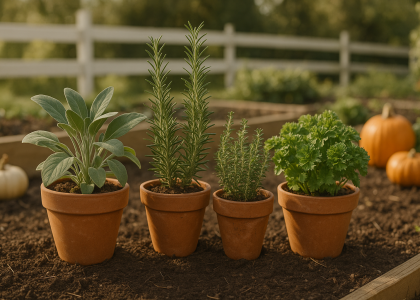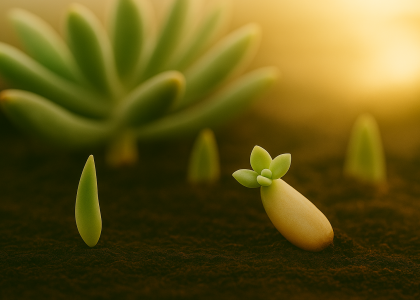Why Opuntia Belongs in Every Eco-Friendly Garden
When it comes to sustainability, few plants tick as many boxes as Opuntia, commonly known as the prickly pear cactus. Native to arid regions of the Americas, this resilient cactus thrives on minimal resources while offering a bounty of environmental and personal benefits—from soil regeneration to edible fruits.
For gardeners seeking to reduce water usage, enrich biodiversity, and cultivate a low-maintenance, climate-adaptive landscape, Opuntia is a true desert gem—and a flagship plant for climate-resilient backyard design.
The Eco-Benefits of Growing Opuntia
- Water-Wise Wonder: Once established, Opuntia can survive on rainfall alone—ideal for xeriscaping with cactus.
- Soil Healer: Its extensive root systems help prevent erosion and improve soil structure.
- Carbon Efficient: Low-input plant that sequesters carbon effectively through CAM photosynthesis.
- Wildlife Friendly: Offers shelter and food for birds, bees, butterflies, and pollinators.
- Zero Waste Plant: Pads, fruits, and even its mucilage can be used in food, composting, or natural water purification.
How to Grow Opuntia Outdoors Sustainably
1. Choose the Right Spot:
- Select a full-sun location with excellent drainage.
- Avoid heavy clay soils—raised beds, gravelly slopes, or dry garden borders work best.
2. Soil Preparation:
- Use sandy or rocky soil, or amend existing soil with coarse sand and pumice.
- Avoid synthetic fertilizers. Instead, use compost or aged manure sparingly.
3. Planting Tips:
- Plant pads upright with about one-third buried in soil.
- Space plants 2–3 feet apart for airflow and future growth.
4. Watering:
- Water once at planting, then allow soil to dry completely.
- During the first growing season, water lightly every 2–3 weeks only if dry.
5. Mulching & Companions:
- Mulch with gravel or crushed rock to reduce evaporation and discourage weeds.
- Great companions include agave, yucca, penstemon, salvia, and other drought-tolerant native perennials.
Harvest & Uses: From Garden to Table
- Edible Pads (Nopales): Young pads can be grilled, sautéed, or added to salads—rich in fiber and antioxidants.
- Prickly Pear Fruits (Tunas): High in vitamin C and betalains; great for jams, syrups, smoothies, or fermented drinks.
- Pollinator Support: Bright blooms attract bees, butterflies, and hummingbirds.
- Natural Fencing: Dense pads with spines create a stunning and secure living barrier.
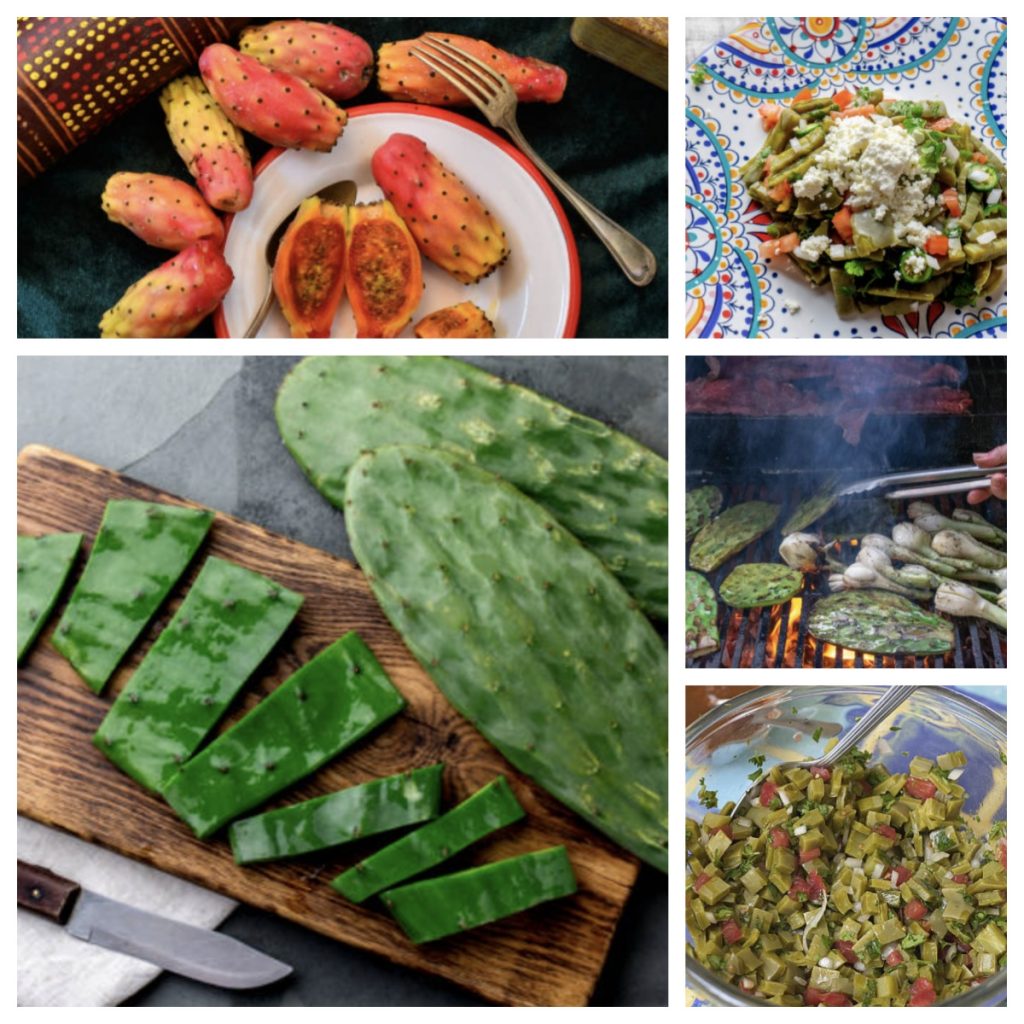
Sustainability Tips & Seasonal Care
- Propagation: Easily propagate by cutting and planting pads—no rooting hormone needed. A beginner-friendly edible cactus!
- Pest Resistance: Highly resistant to most pests and diseases. Avoid overwatering to prevent rot.
- Winter Care: In cold zones (USDA Zone 5–7), choose hardy varieties or provide root protection with straw mulch.
- Composting Tip: Old pads can be chopped and added to compost piles to boost moisture retention and microbial life.
FAQ: Sustainable Prickly Pear Gardening
Q: Can Opuntia cactus survive winter outdoors?
A: Cold-hardy varieties can tolerate USDA Zone 5–7 with mulch protection. Choose species like Opuntia humifusa.
Q: What are prickly pear fruits used for?
A: They're edible and can be used in jams, juices, cocktails, vinegar, or dried for snacks.
Q: Is Opuntia good for erosion control?
A: Yes. Its shallow but widespread root system stabilizes soil and reduces water runoff on slopes.
Q: How do I start growing prickly pear cactus outdoors?
A: Simply plant a healthy pad upright in fast-draining soil. Full sun is key to vigorous growth and flowering.
Q: Are there any prickly pear cactus varieties without spines?
A: Yes! Look for cultivars like Opuntia ellisiana (spineless variety), which is safer for family gardens.
Final Thought: Resilient Beauty for a Changing Climate
In the face of climate change, water scarcity, and urban sprawl, Opuntia stands out as a plant of the future—adaptable, edible, ecological, and elegant. Whether you’re building a drought-tolerant front yard, a regenerative edible garden, or a zero-waste native landscape, prickly pear cactus deserves a central place in your planting plan.
"Let your garden do more than bloom — let it regenerate, feed, and protect."
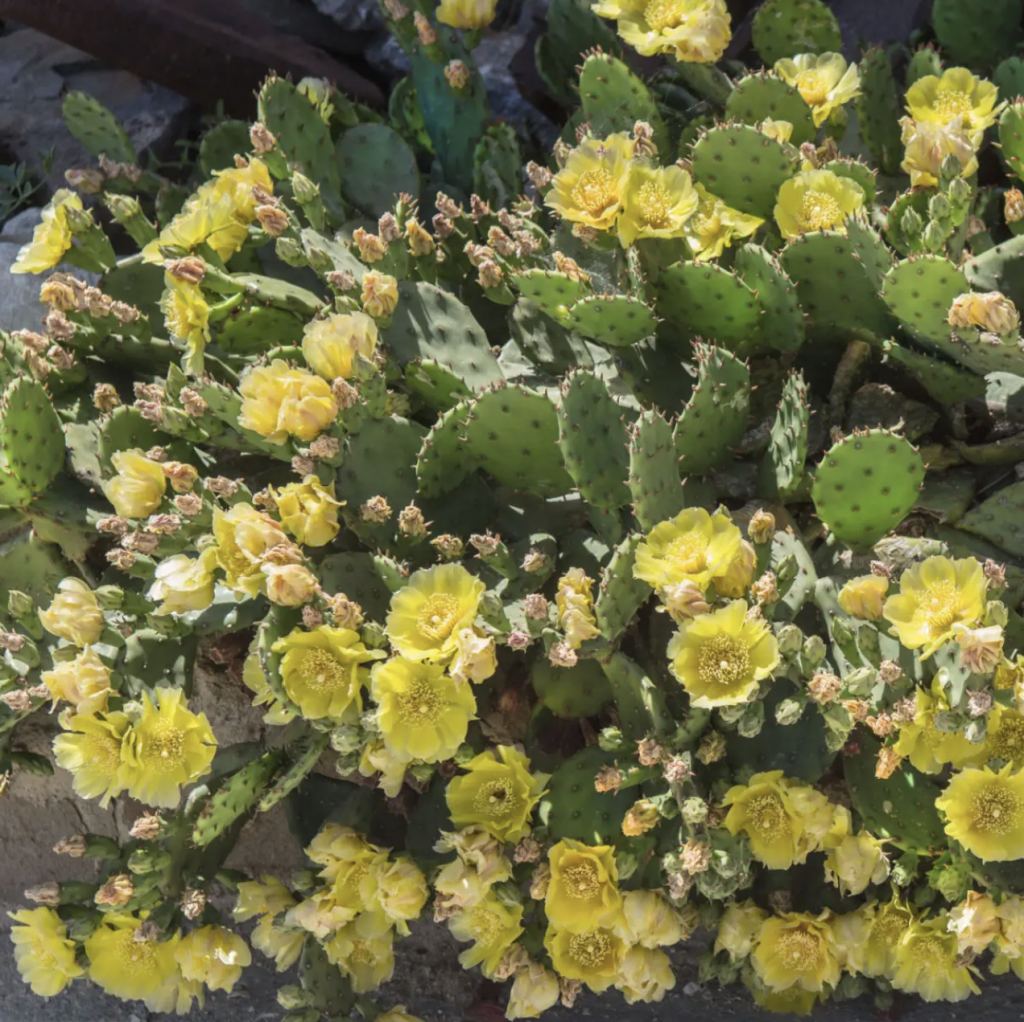
Download your printable Opuntia Care Card or explore our drought-tolerant garden layouts at Greenmuse.io.

